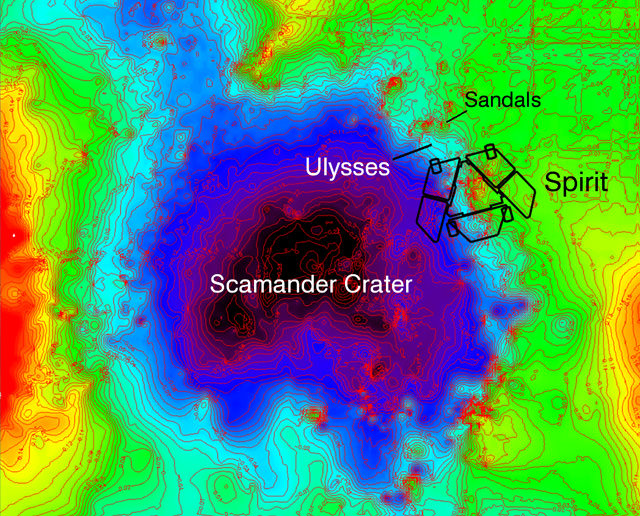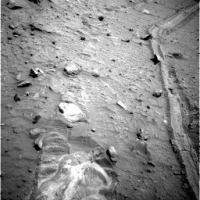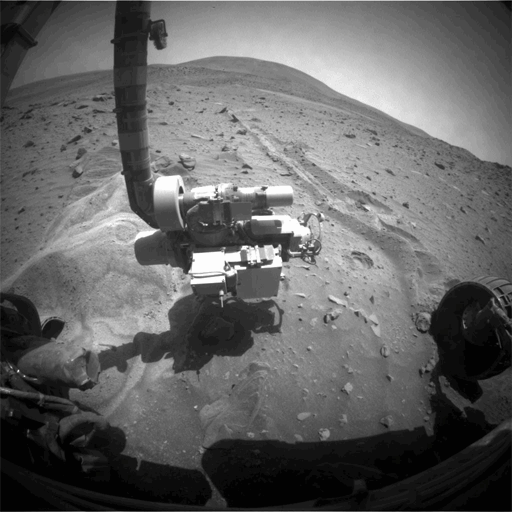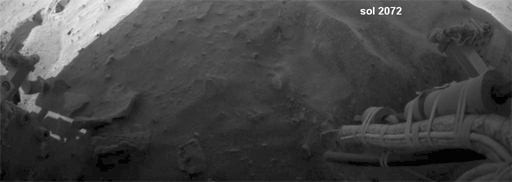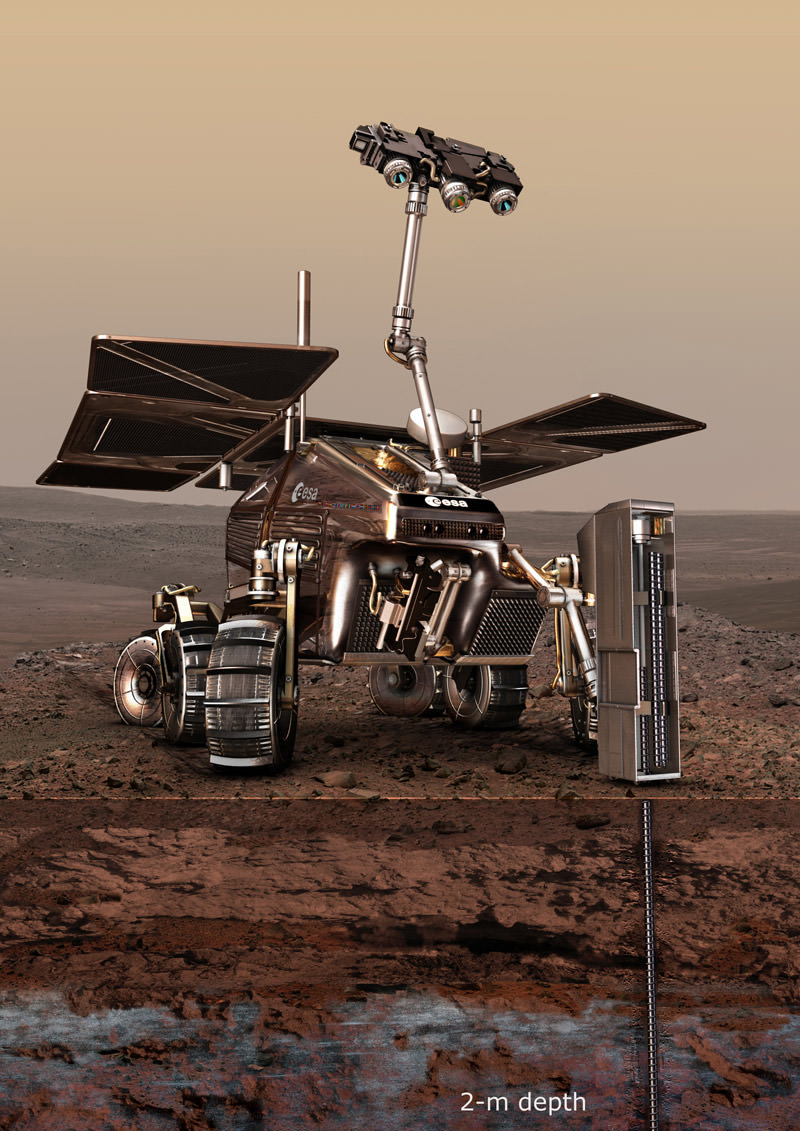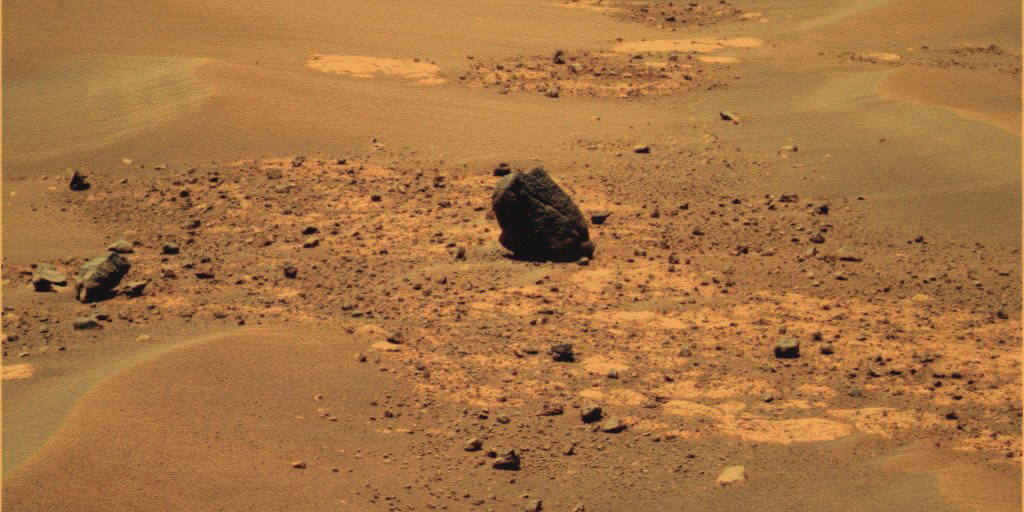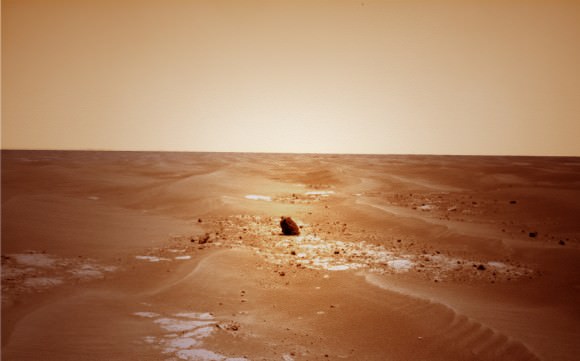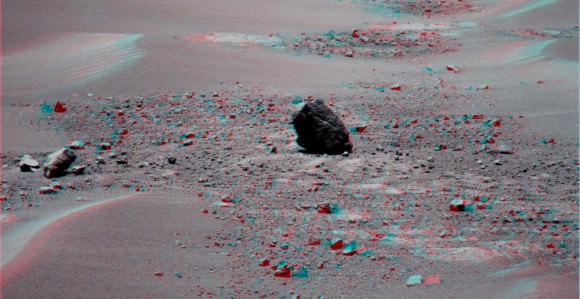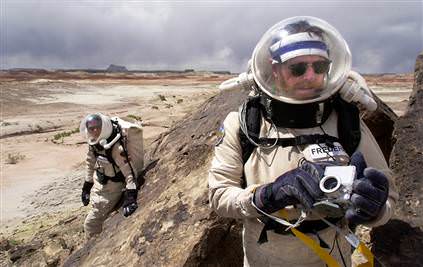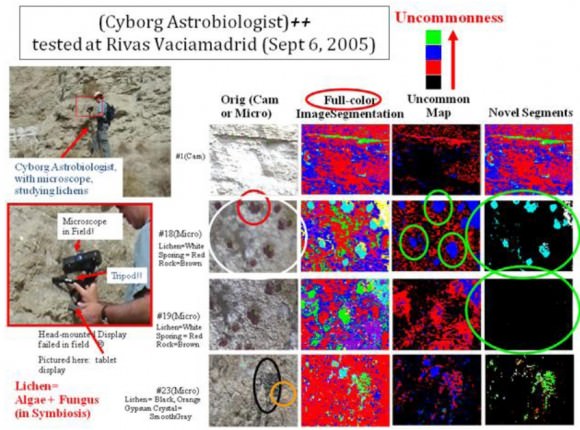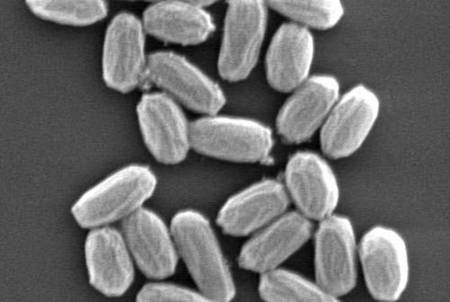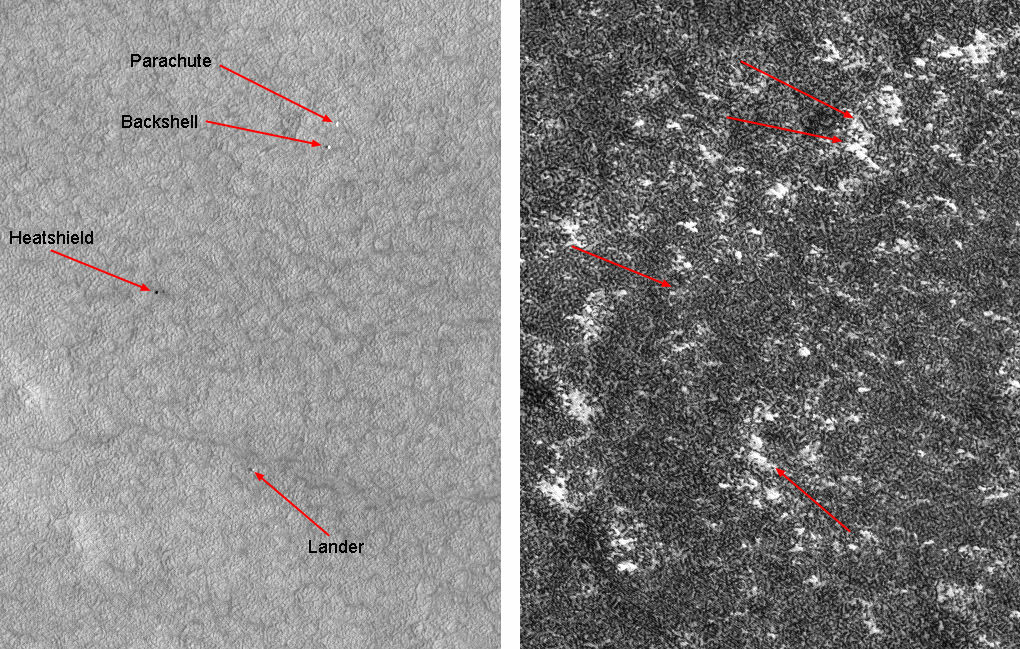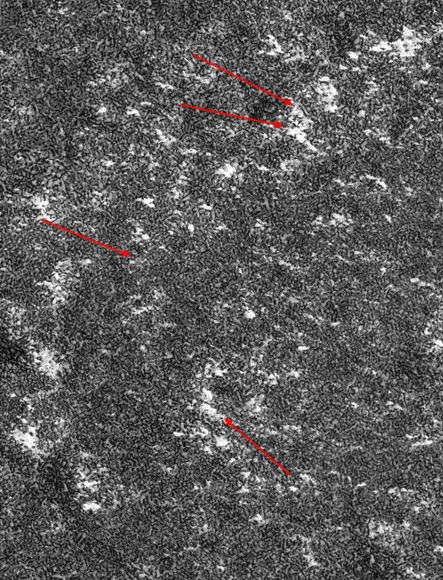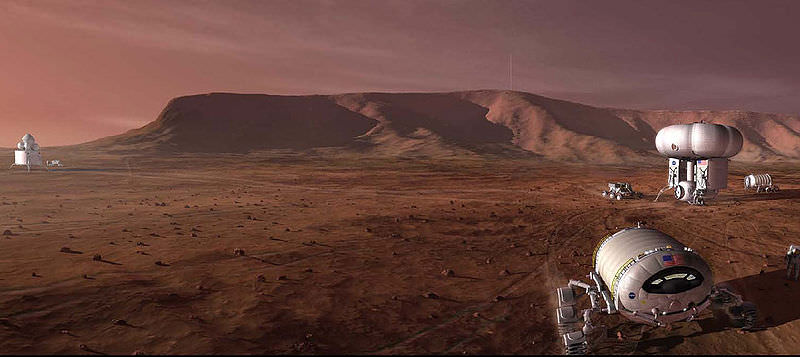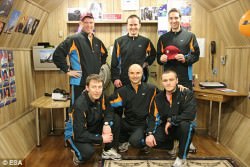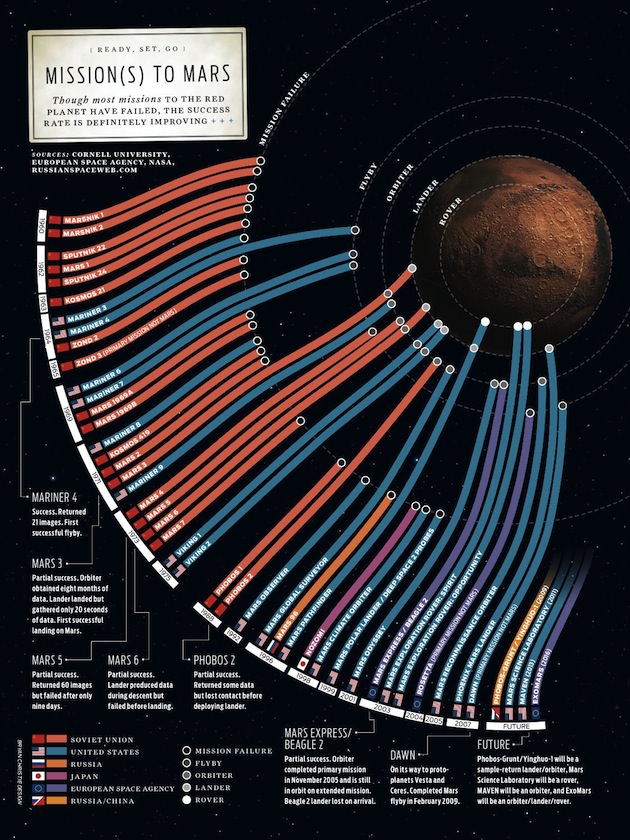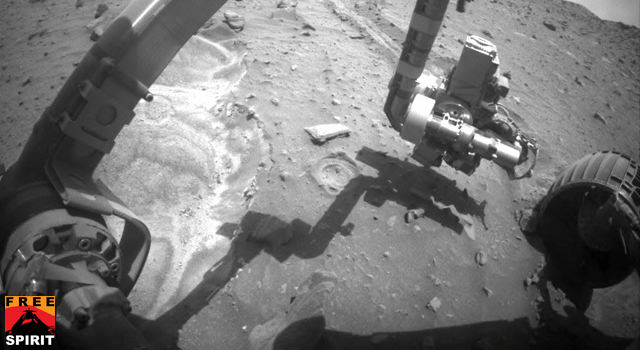On Monday, Nov. 16, NASA will begin transmitting commands to the Spirit rover on Mars to begin the extrication process to free the rover from where she has been stuck since April 23rd of this year. While members of the rover team have not given up on getting the rover to rove again, they were very guarded at a press conference Thursday in showing any optimism about removing Spirit from her predicament. “Spirit is facing the most challenging situation we have seen on Mars,” said Doug McCuistion director, Mars Exploration Program. “We know a lot of people view Spirit with great affection, and have followed along with the mission and seen new vistas and landscapes along with the rover to uncover new knowledge about our sister planet. But I want everybody to be realistic. This is a serious situation and if it cannot make the great escape from this sandtrap its likely this lonely spot might be where Spirit ends its adventures on Mars.”
John L. Callas, project manager for the rovers said the commands will be sent to Spirit on Monday night, the first drive will be executed early Tuesday, and they should find out later on Tuesday if any progress was made. But don’t expect anything to happen fast. “This is going to be like watching grass grow,” Callas said. “We’ll drive and then follow each drive with detailed analysis to see if it is on trend to what we are expecting. The reality is, we will see very little motion at least initially.”
Callas added that although the rover team has worked for months in the a test bed on Earth with an engineering model of the rover to develop a technique for extricating Sprit, there is no Earth analog for what is going on at Mars. “Spirit is on a planet with almost no atmosphere, 3/8 gravity of Earth, and a vehicle with hard metal wheels that only goes about 2 inches a second. We can’t rock back and forth and take advantage of momentum, and spin the wheels as we steer, like someone would do to get a stuck car out on Earth.”

The plan is to attempt to drive the rover forward, which is actually backward, since the rover was driving in reverse when it entered this area where it broke through a “duricrust” and fell through to the talcum powder-like soil. Rover driver Ashley Stroupe said going forward is better because the rover won’t have to break new ground; it will just follow the tracks back out. Plus, then the rover doesn’t have to climb vertically, and if it makes enough progress, eventually it will be heading downhill.
The team did have some good news to share: the “amnesia” Spirit has been experiencing with its flash memory may have been fixed, at least for now. The drive was reformatted and at appears to be working well.
The team said they would try working to remove the rover at least until February before throwing in the towel. A mission review is scheduled at that time.
However, if the rover is destined to remain in this spot forever, lead scientist Ray Arvidson says that’s not all bad. “No place is a nice place to be embedded, but this place is a geological treasure trove,” he said. “The soil is coarse sand with highest sulfate content we have found yet on Mars. Spirit is sitting astride a geological boundary, (see top image — they believe Spirit is sitting on the edge of a small impact crater) and it’s an exciting area to be in scientifically.”

Callas said the solar panels are currently at about 60% performance and if no big dust accumulation occurs, Spirit should be able to make it through the next winter if she remains where she is. “But if environmental things change, that could be a problem,” Callas said. “We’re ok now but we really have no margin on that.”
Stay tuned!

